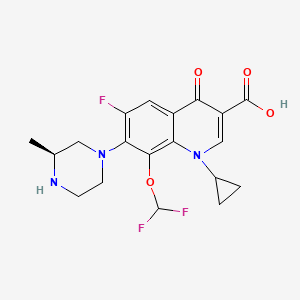
Figure 2 Selected HMBC (H→C) and 1H-1H correlation spectroscopy (COSY) (–) correlations of 1.
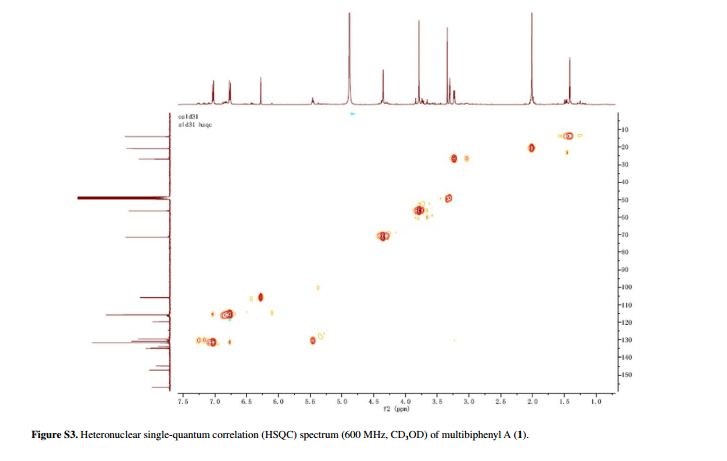
Compound 1 was obtained as a pale yellow gum. The molecular formula was determined to be C20H22O6 from the molecular ion peak [M]+ at m/z 358.1408 in the EI-HRMS. The IR spectrum indicated that 1 possesses hydroxy (3422 cm-1), phenyl (2939, 1498 cm-1), and carbonyl (1721 cm-1) functional groups. The 1H and 13C NMR spectra (Table 1) revealed the signals for a 1,2,3,4,5-pentasubstituted benzene ring [dH 6.26 (1H, s, H-6); δC 129.6 (C-1), 119.7 (C-2), 144.9 (C-3), 135.0 (C-4), 147.2 (C-5), 105.9 (C-6)], one p-substituted benzene ring [dH 7.00 (2H, dd, J 8.8, 2.4 Hz, H-8, H-12), 6.74 (2H, dd, J 8.8, 2.4 Hz, H-9, H-11); δC 133.8 (C-7), 131.7 (C-8, C-12), 115.7 (C-9, C-11), 157.1 (C-10)], one acetoxyprenyl group [dH 3.21 (2H, d, J 6.7 Hz, H-1′), 5.44 (1H, d, J6.7 Hz, H-2′), 4.33 (2H, s, H-4′), 1.39 (3H, s, H-5′), and 1.99 (3H, s, H-OAc); δC 26.8 (C-1′), 130.7 (C-2′), 134.6 (C-3′), 71.5 (C-4′), 14.0 (C-5′), 172.9, 20.8 (OAc)], and one methoxy group [dH 3.76 (3H, s, OMe-5); δC 56.5 (OMe)], which implied that compound1 was a biphenyl derivative. This conclusion was confirmed by the heteronuclear multiple bond correlation (HMBC) correlations of H-6 with C-7, and of H-8 and H-12 with C-1 (Figure 2). HMBC correlations of H-1′ with C-1, C-2, and C-3, and of H-2′ with C-1 suggested the acetoxyprenyl group at C-2. The methoxy group was located at C-5 from the HMBC correlations of δH 3.76 (OMe) with C-5. Considering the signal for quarternary C-3, C-4, C-10 and the molecular formula of 1, three hydroxy groups were located at C-3, C-4, C-10, respectively. Thus, the structure of 1 was determined as shown (Figure 1), and named multibiphenyl A.

Figure 1 New biphenyls from Garcinia multiflora.
Multibiphenyl A (1)
Pale yellow gum; [α]D –11.0 (c 0.07, MeOH); UV (MeOH) lmax / nm (log ε) 570 (2.16), 205 (4.71); IR (KBr) n / cm-1 3422, 2939, 1721, 1611, 1589, 1498, 1443, 1357, 1266, 1172, 1102, 1045, 1023, 838; 1H and 13C NMR data (400 and 100 MHz, CD3OD), see Table 1; ESI-MS (positive mode) m/z 381 [M + Na]+; EI-HRMS (M+) calcd.: 358.1416; found: 358.1408 (C20H22O6).
–11.0 (c 0.07, MeOH); UV (MeOH) lmax / nm (log ε) 570 (2.16), 205 (4.71); IR (KBr) n / cm-1 3422, 2939, 1721, 1611, 1589, 1498, 1443, 1357, 1266, 1172, 1102, 1045, 1023, 838; 1H and 13C NMR data (400 and 100 MHz, CD3OD), see Table 1; ESI-MS (positive mode) m/z 381 [M + Na]+; EI-HRMS (M+) calcd.: 358.1416; found: 358.1408 (C20H22O6).
Table 1 1H and 13C NMR data for compounds 1-3 (d in ppm, 1 and 2 in CD3OD, 3 in CDC13, 100 and 400 MHz)
| No. |
1 |
2 |
3 |
| δC (m) / ppm |
δH (m, J , Hz) / ppm |
δC (m) / ppm |
δH (m, J , Hz) / ppm |
δC (m) / ppm |
δH (m, J , Hz) / ppm |
| 1 |
129.6 s |
|
132.4 s |
|
132.3 s |
|
| 2 |
119.7 s |
|
114.2 s |
|
112.4 s |
|
| 3 |
144.9 s |
|
142.0 s |
|
141.5 s |
|
| 4 |
135.0 s |
|
131.9 s |
|
132.7 s |
|
| 5 |
147.2 s |
|
149.6 s |
|
144.8 s |
|
| 6 |
105.9 d |
6.26 (s, 1H ) |
106.6 d |
6.44 (s, 1H) |
105.5 d |
6.43 (s, 1H) |
| 7 |
133.8 s |
|
134.6 s |
|
132.7 s |
|
| 8 |
131.7 d |
7.00 (dd, 1H, J 8.8 Hz, 2.4) |
131.8 d |
7.11 (dd, 1H, J 8.4 Hz, 1.9) |
130.3 d |
7.16 (d, 1H, J 8.6 Hz) |
| 9 |
115.7 d |
6.74 (dd, 1H, J 8.8 Hz, 2.4) |
116.0 d |
6.82 (dd, 1H, J 8.4 Hz, 1.9) |
114.8 d |
6.86 (d, 1H, J 8.6 Hz) |
| 10 |
157.1 s |
|
157.7 s |
|
155.5 s |
|
| 11 |
115.7 d |
6.74 (dd, 1H, J 8.8 Hz, 2.4) |
116.0 d |
6.82 (dd, 1H, J 8.4 Hz, 1.9) |
114.8 d |
6.86 (d, 1H, J 8.6 Hz) |
| 12 |
131.7 d |
7.00 (dd, 1H, J 8.8 Hz, 2.4) |
131.8 d |
7.11 (dd, 1H, J 8.4 Hz, 1.9) |
130.3 d |
7.16 (d, 1H, J 8.6 Hz) |
| 1′ |
26.8 t |
3.21 (d, 2H, J 6.7 Hz, CH2) |
124.7 d |
6.41 (d, 1H, J 10.1 Hz) |
21.1 t |
2.59 (t, 2H, J 6.6 Hz, CH2) |
| 2′ |
130.7 d |
5.44 (t, 1H, J 6.7 Hz) |
124.4 d |
5.48 (d, 1H, J 10.1 Hz) |
33.0 t |
1.72 (t, 2H, J 6.6 Hz, CH2) |
| 3′ |
134.6 s |
|
77.6 s |
|
74.7 s |
|
| 4′ |
71.5 t |
4.33 (s, 3H, CH3) |
69.0 t |
4.27 (d, 1H, J 11.5 Hz, CH2) |
26.7 q |
1.39 (s, 3H, CH3) |
|
|
|
|
4.14 (d, 1H, J 11.5 Hz, CH2) |
|
|
| 5′ |
14.0 q |
1.39 (s, 3H, CH3) |
23.4 q |
1.47 (s, 3H, CH3) |
26.7 q |
1.39 (s, 3H, CH3) |
| 3-OMe |
56.5 q |
3.76 (s, 3H, OCH3) |
56.5 q |
3.85 (s, 3H, OCH3) |
56.1 q |
3.86 (s, 3H, OCH3) |
| 5′- OAc |
172.9 s |
|
172.6 s |
|
|
|
|
20.8 q |
1.99 (s, 3H, COCH3) |
20.7 q |
2.00 (s, 3H, COCH3) |
|
On-line version ISSN 1678-4790
J. Braz. Chem. Soc. vol.27 no.1 São Paulo Jan. 2016
http://dx.doi.org/10.5935/0103-5053.20150235
ARTICLES
New Biphenyls from Garcinia multiflora
Xue-Mei Gao
a b , Bing-Kun Ji
a b , Yin-Ke Li
a c , Yan-Qing Ye
a , Zhi-Yong Jiang
a , Hai-Ying Yang
a , Gang Du
a , Min Zhou
a , Xiao-Xia Pan
a , Wen-Xing Liu
a , Qiu-Fen Hu
a * aKey Laboratory of Chemistry in Ethnic Medicinal Resources, State Ethnic Affairs Commission & Ministry of Education, Kunming, P. R. China
bJoint Research Centre for International Cross-Border Ethnic Regions Biomass Clean Utilization in Yunnan, Yunnan Minzu University, 650031 Kunming, P. R. China
cCollege of Resource and Environment, Yuxi Normal University, 653100 Yuxi, P. R. China
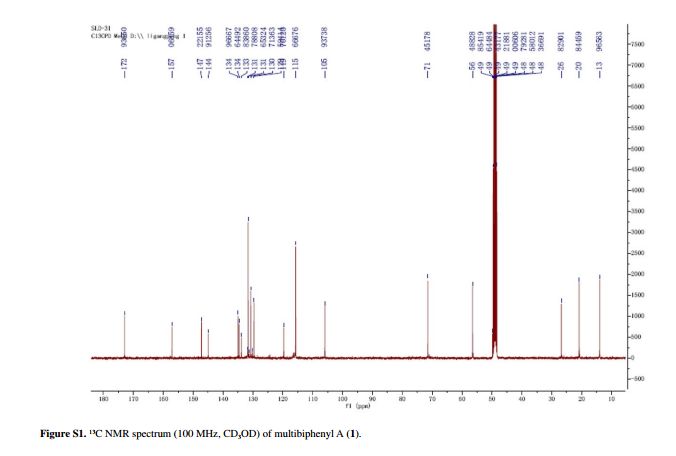
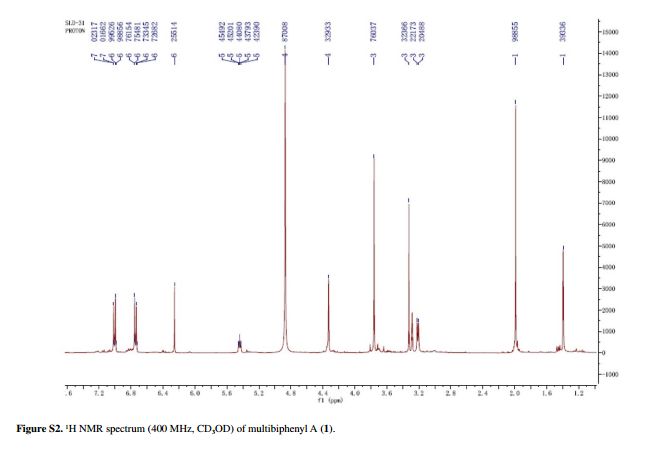
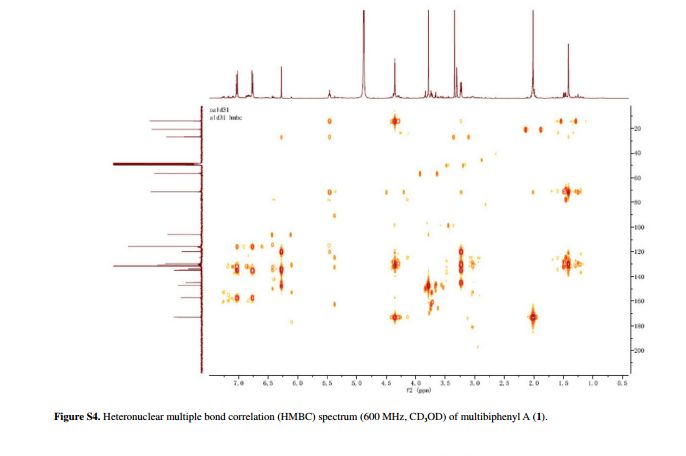
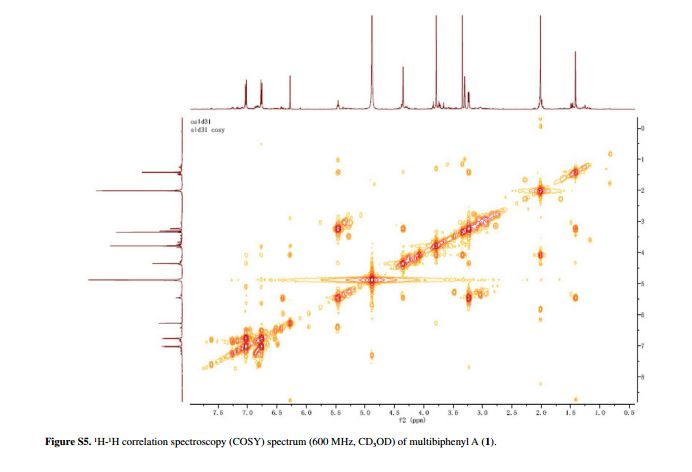
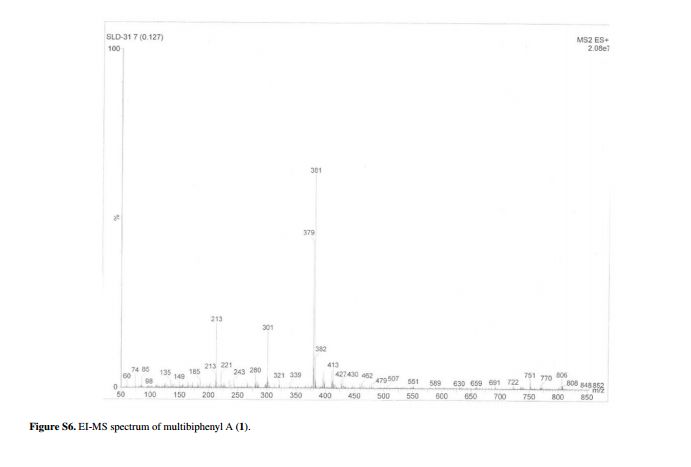
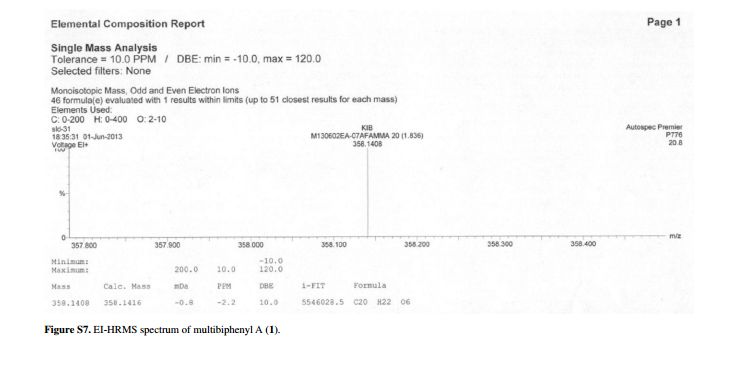
///////


















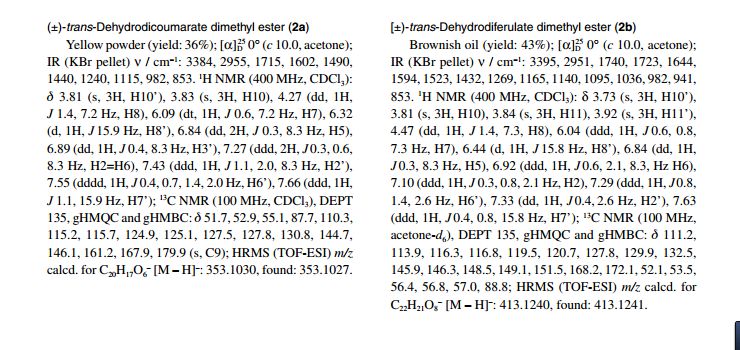
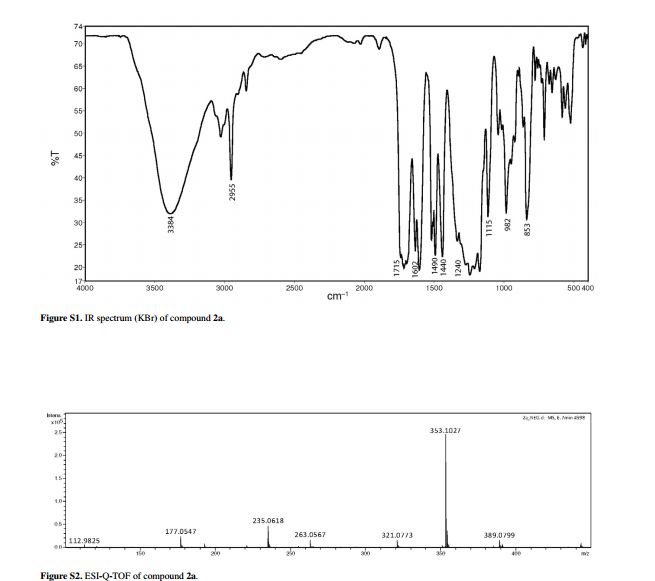
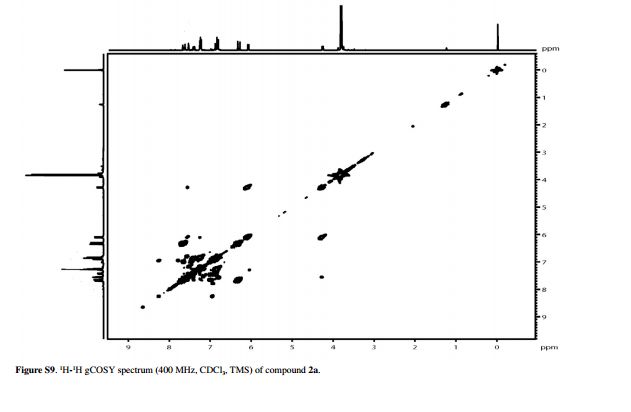


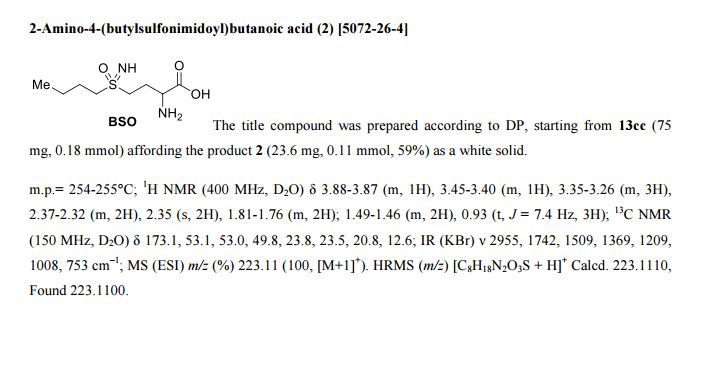
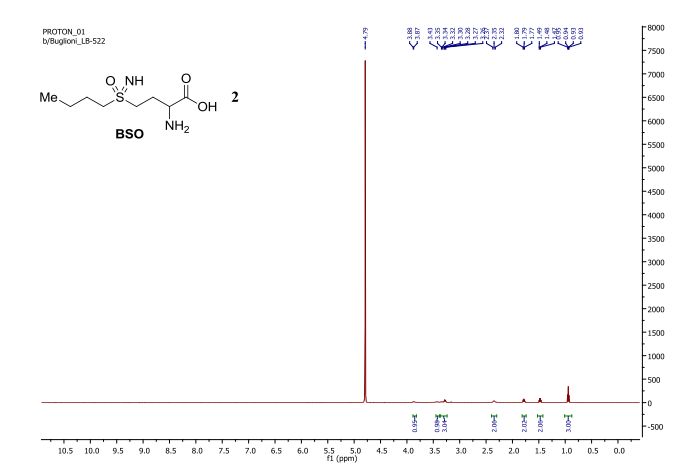
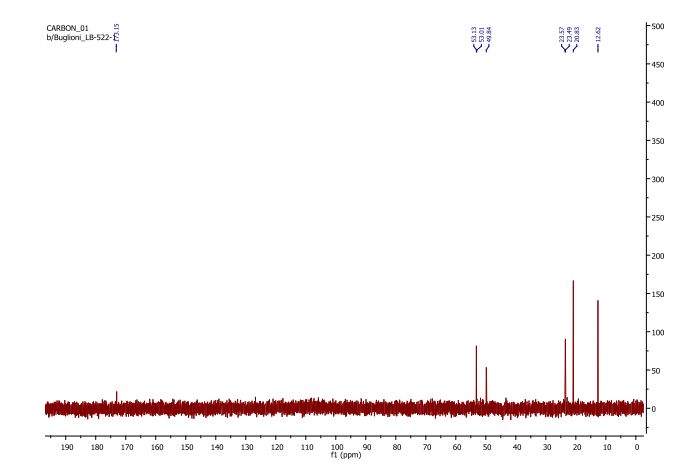

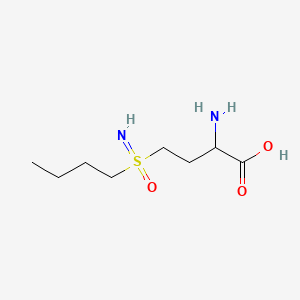
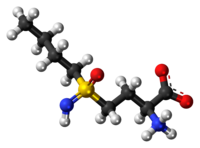












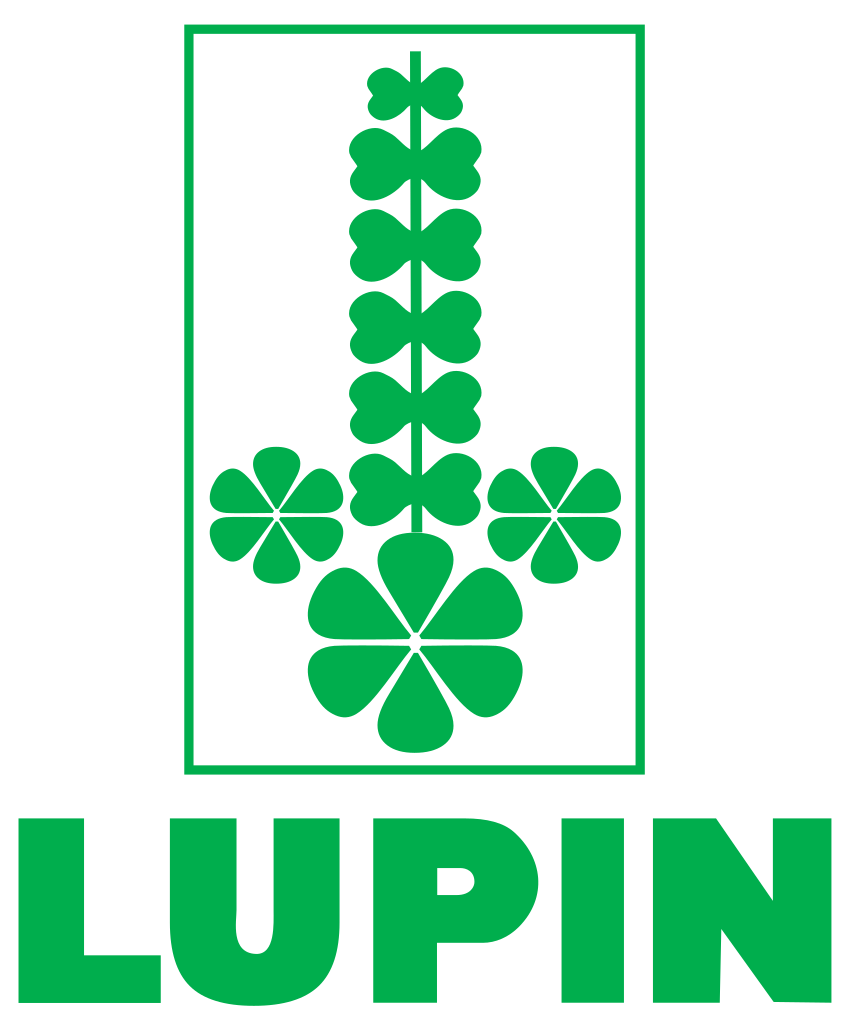


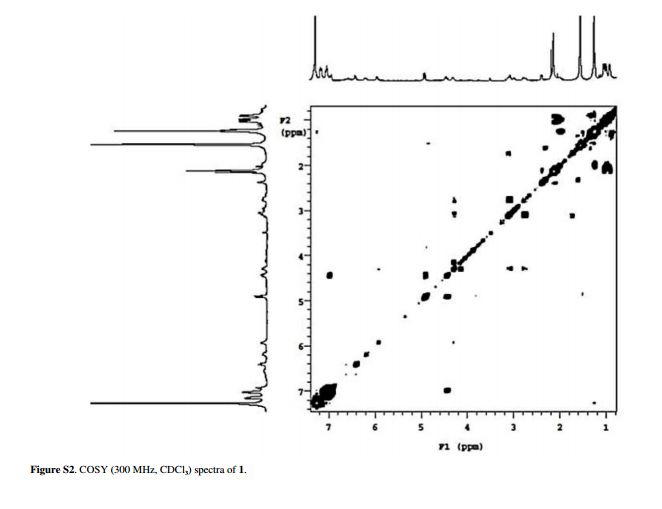




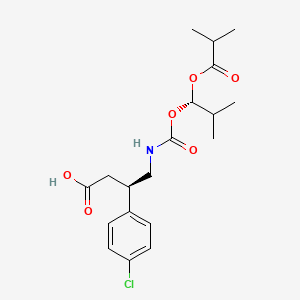







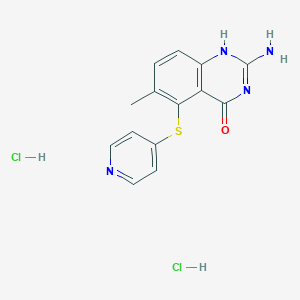

.bmp)
.bmp)
.gif)





